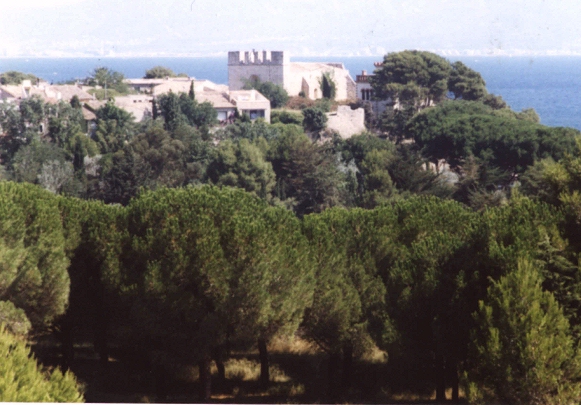
Figure 13: Viewshed analysis of Casa Romana 2b
I conducted the viewshed analysis just on Casa Romana 2b as the results would have been essentially the same for the other two domus. Again, in order to provide as generous parameters as possible, I analysed from which areas the top portion of the eastern wall of room 6b could have been seen, assuming the wall stood 3m high. That viewpoint is represented by the red dot in the circle in Figure 13. Green-shaded areas could have been seen from the domus and, presumably, anyone standing in those areas could have seen the domus. Once again, the result of this analysis proves the invisibility of the domus from most of Neapolis. Much of the area from which the domus would have been visible is again the roofs of buildings in Neapolis, not the public streets and plazas. Thus one would have almost never caught a glimpse of the domus as one moved about the streets and plazas of Neapolis.
It is interesting to note, however, that Casa Romana 2b had a clear view of the sea (Figs 11 and 14). While this is the same conclusion drawn about the temple in the Sanctuary of Asklepios, the reason cannot have been a ritual one as was concluded for the temple. Instead, the domus owner must have wanted a view of the sea as well as to admit cooling breezes into his home. Since the viewpoint used in the analysis was from a dining room in Casa Romana 2b, the owner created what must have been a very cool and pleasant place to dine.

Figure 14: View from Casa Romana 1 towards Palaiaopolis/Sant Martí de Empúries. The large
building in the distance is the church of Sant Martí.
© Internet Archaeology
URL: http://intarch.ac.uk/journal/issue14/2/6.1.html
Last updated: Thu Jun 12 2003